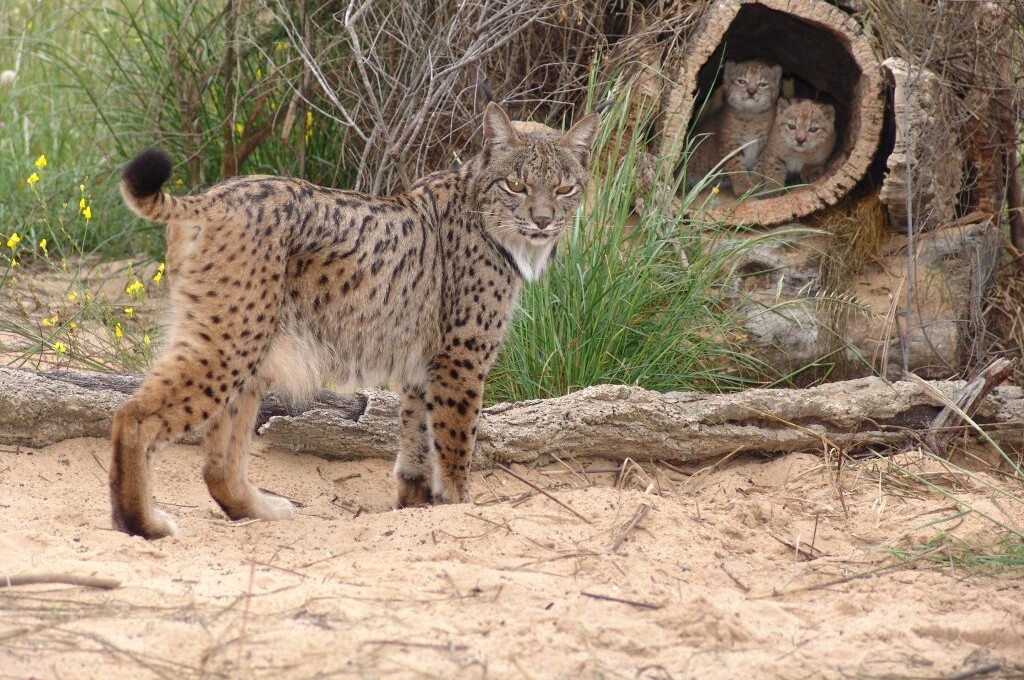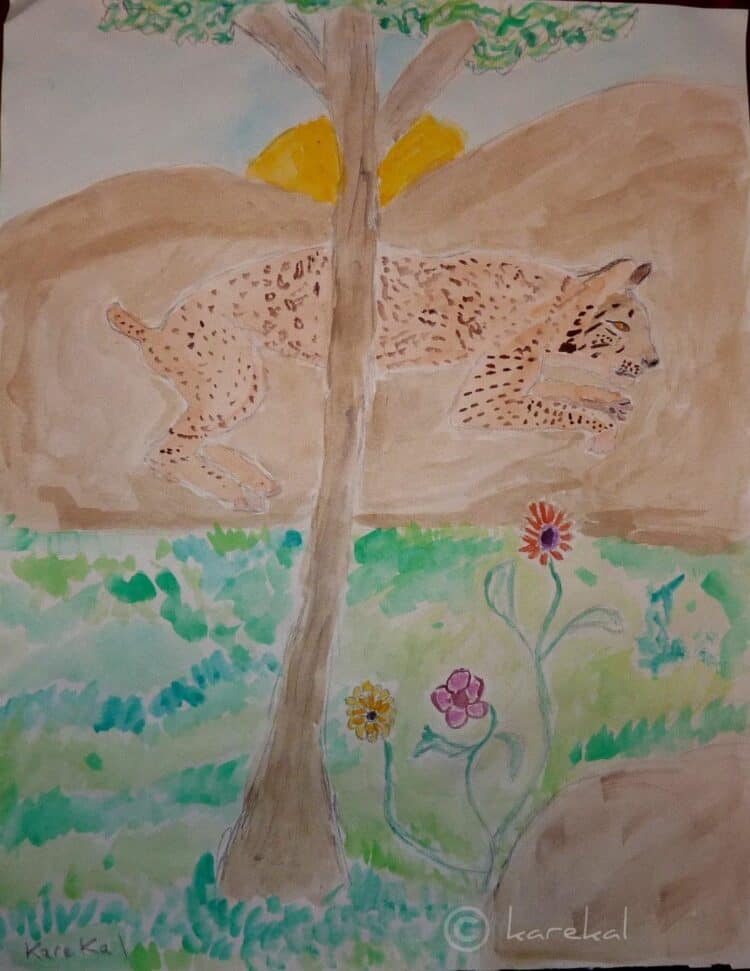The Iberian lynx – one of the world’s rarest wild cats may disappear from the face of the earth within the next 50 years, despite millions of dollars spent on conservation efforts. In the early 2000’s the species was already on the brink of extinction with only around 100 animals left in the wild. The entire surviving population of Iberian lynx was confined to two isolated areas of remaining habitat in southern Spain – one in the Sierra Morena mountain range and a smaller one in the Donana National Park.
The main factors contributing to the species’ decline were all the usual suspects: dramatic habitat loss and fragmentation, prey base depletion through rabbit eradication and lynx mortality by collisions with vehicles.
Since then over 100 million dollars has been spent on conservation programs aimed at re-introducing rabbits, improving quality of habitat and creating a captive breeding program.
At first glance it seems that these measures have been successful. In the last decade the population of Iberian lynx has increased to more than 300 animals. Translocation of lynx from the Sierra Morena to Donana National park has also been successful in restoring some genetic diversity in this small and isolated population. Some lynx were also translocated from Sierra Morena to Guadalmellato in Gordoba and to Guarrizas area in Andalusia. And another small population was discovered in central Spain.
But in the modern world of changing climate wildlife conservation becomes the whole new ball game.
The new study led by Miguel Araujo of the National Museum of Natural Sciences in Madrid predicts that despite the recent successes, the current conservation strategies are not going to be enough to save the species from extinction.
“Our models show that the anticipated climate change will lead to a rapid and dramatic decline of the Iberian lynx and probably eradicate the species within 50 years, in spite of the present-day conservation efforts. The only two populations currently present, will not be able to spread out or adapt to the changes in time” – warn the researchers.
However, despite these alarming predictions, all is not doom and gloom for the Iberian lynx. With some adjustments to current conservation strategies the crisis can still be averted. At present Spanish authorities are planning a widespread re-introductions of captive-bred animals – evenly across the species’ historical range. But the better way to go, according to the new study would be to concentrate on the areas of top quality habitat and carry out targeted re-introductions taking in to the account the effects of climate change, prey availability and habitat connectivity.
Whether the conservation decision makers respond in time to save one of the world’s rarest felines remains to be seen.
At present one of the best places in Andalusia to see the Iberian lynx in the wild is La Lancha area in the Sierra de Andujar National Park in Sierra Morena mountain range.
Margarita Steinhardt
I am a wildlife ecologist by training but more of a naturalist by inclination. I have been photographing wildlife for a number of years, throughout my travels in Thailand, India, Africa, and Russia, as well as my life in Australia. What drives me is the excitement of a new destination and the new species to be discovered and photographed.



Leave a Reply